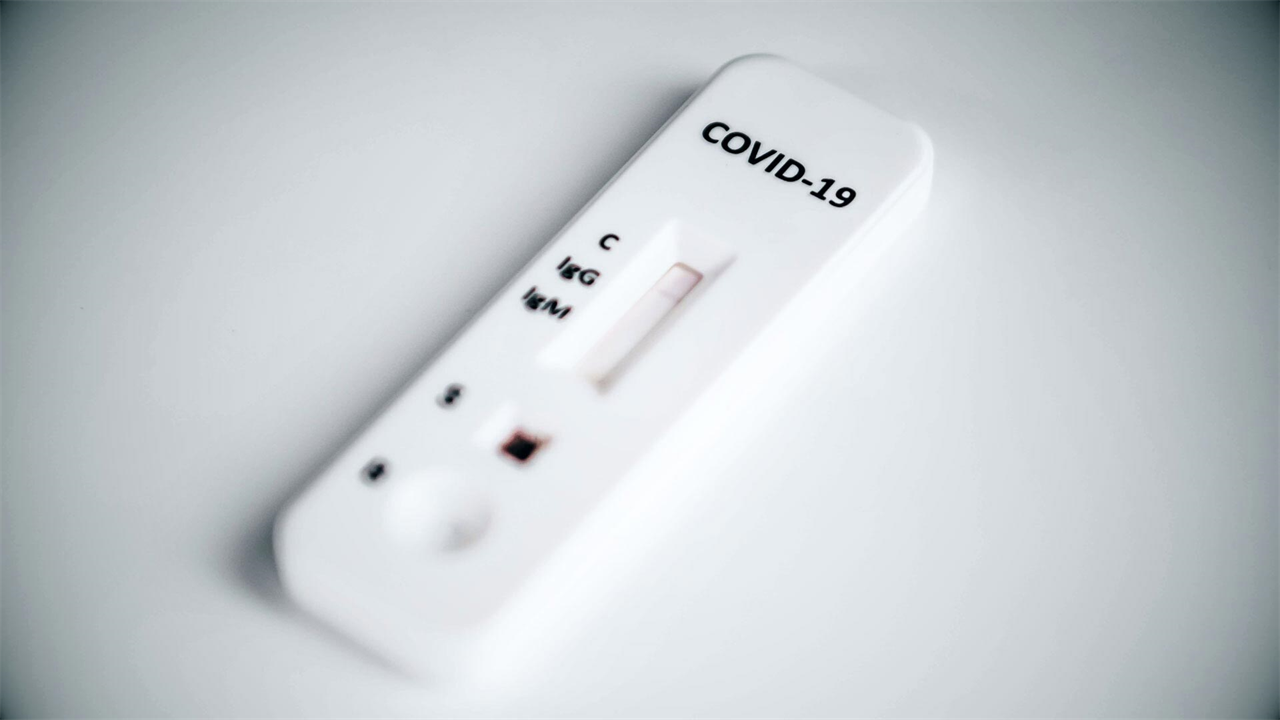New Research Calls Into Question Popular COVID Test
0 View
Share this Video
- Publish Date:
- 10 October, 2021
- Category:
- Covid
- Video License
- Standard License
- Imported From:
- Youtube
Tags

Study questions popular COVID test, proposes new disease severity marker.
Researchers from Skoltech, US companies VirIntel and Argentys Informatics, and two institutes of the Russian Academy of Sciences have studied the immune response to COVID-19 in patients with varying levels of disease severity. The team found that half of the patients without symptoms did not, in fact, produce significant amounts of IgG antibodies of the kind targeted in many popular test kits. That said, nearly all patients produced a different type of antibodies, the number of which was sometimes even higher in asymptomatic cases, leading the researchers to suggest the ratio between the two counts as an indicator of disease severity. The study was published in the journal Viruses.
Blood tests to detect previous infection with the coronavirus are based on antibodies called immunoglobulins G. IgGs usually develop a few weeks after infection and come in multiple varieties depending on which part of the virus they attach to. Two common types are the antibodies that target the nucleocapsid protein and the receptor binding domain, or RBD, of the coronavirus spike protein. The recent Russian-American study reports the levels of these two antibodies in patients at different times after recovery from COVID-19. It is good for mild and asymptomatic cases, as well as severe.
“Our main finding is that asymptomatic COVID-19 patients often lack IgG antibodies to an internal component of the virus known as the nucleocapsid protein. Still, tests that detect those kinds of antibodies are often recommended to check if someone has had COVID-19,” said the study’s lead author, Maria Tutukina of Skoltech, the Institute of Cell Biophysics and the Institute for Information Transmission Problems, or RAS.
“But regardless of the severity of the disease, every patient we tested showed except for one IgG antibodies against the RBD of the spike protein, which is located on the surface of the viral particle,” said study co-author, Anna Kaznadzey of IITP RAS and VirIntel.
The researchers say it is therefore more reasonable to check the level of antibodies to RBD to determine whether a person has had the infection.
But why would anyone ever have IgGs for RBD but not the nucleocapsid protein? This may have to do with whether the antibody in question targets the inside or the outside of the virus particle.
The team hypothesizes that if a patient has an asymptomatic case of COVID-19, their immunity must have done such a good job fighting off the infection at an early stage that the virus didn’t really get a chance to enter the active reproduction phase. to enter. That stage involves cells tearing apart, with unassembled viral spares flying in all directions. Only in this more difficult scenario can antibodies against the internal parts of the virus – such as the nucleocapsid protein – be formed. But as long as the virus doesn’t penetrate the cell, only antibodies against RBD are produced, because they are the ones that target the outside of the virus.
Anti-RBD antibodies are often described as “neutralizing” because they can prevent the binding of the viral spike protein to the receptor to which it wants to attach. Indeed, the researchers showed that the amount of anti-RBD IgG correlated with the serum’s ability to inhibit the RBD-receptor interaction.
Intriguingly, the team found that RBD levels not only persisted, but also showed a mean increase in the sample studied. According to the researchers, while this finding seems to contradict some previous studies that reported that the concentration of antibodies to RBD decreased over time, in fact it could depend on what the patients in the respective samples did after their recovery.
“It seems reasonable to expect that a patient who has recovered from COVID-19 will experience a surge of antibodies when re-exposed to the pathogen. I mean, that’s how immunity works: it’s not some kind of protective bubble that you carry around with you. Rather, it has the potential to effectively fight back against the virus, should it make its way into the body again. Whether that is, and how often, can influence the subsequent antibody count dynamics,” Kaznadzey explained.
Based on the different dynamics of the two types of IgG antibodies, the team suggested that the ratio between their counts could serve as a marker of disease severity. “It may make sense in a situation where a patient thinks they don’t have pneumonia and so isn’t doing a CT scan. If the blood test indicates their antibody balance is skewed in favor of the IgG over the nucleocapsid protein, it could be a It would be a good idea to arrange a CT scan and possibly go into rehab,” Tutukina said.
For those who have been vaccinated, elevated anti-RBD levels may indicate that the patient has already encountered the virus after receiving the injection and therefore does not need revaccination, as a more recent immune response has occurred.
The study addresses one of the gaps in the reports on the immune response of COVID-19 patients: Since patients with milder symptoms often do not seek medical attention, they are inevitably underrepresented in the study.
Reference: “IgG antibodies develop to peaks, but not to the nucleocapsid viral protein in many asymptomatic and mild COVID-19 cases” by Maria Tutukina, Anna Kaznadzey, Maria Kireeva and Ilya Mazo, September 28, 2021, Viruses.
DOI: 10.3390/v13101945
The article mentioned in this story is co-authored by researchers from the Skolkovo Institute of Science and Technology, the Institute of Cell Biophysics and the Institute for Information Transmission Problems of the Russian Academy of Sciences, VirIntel LLC and Argentys Informatics LLC.










